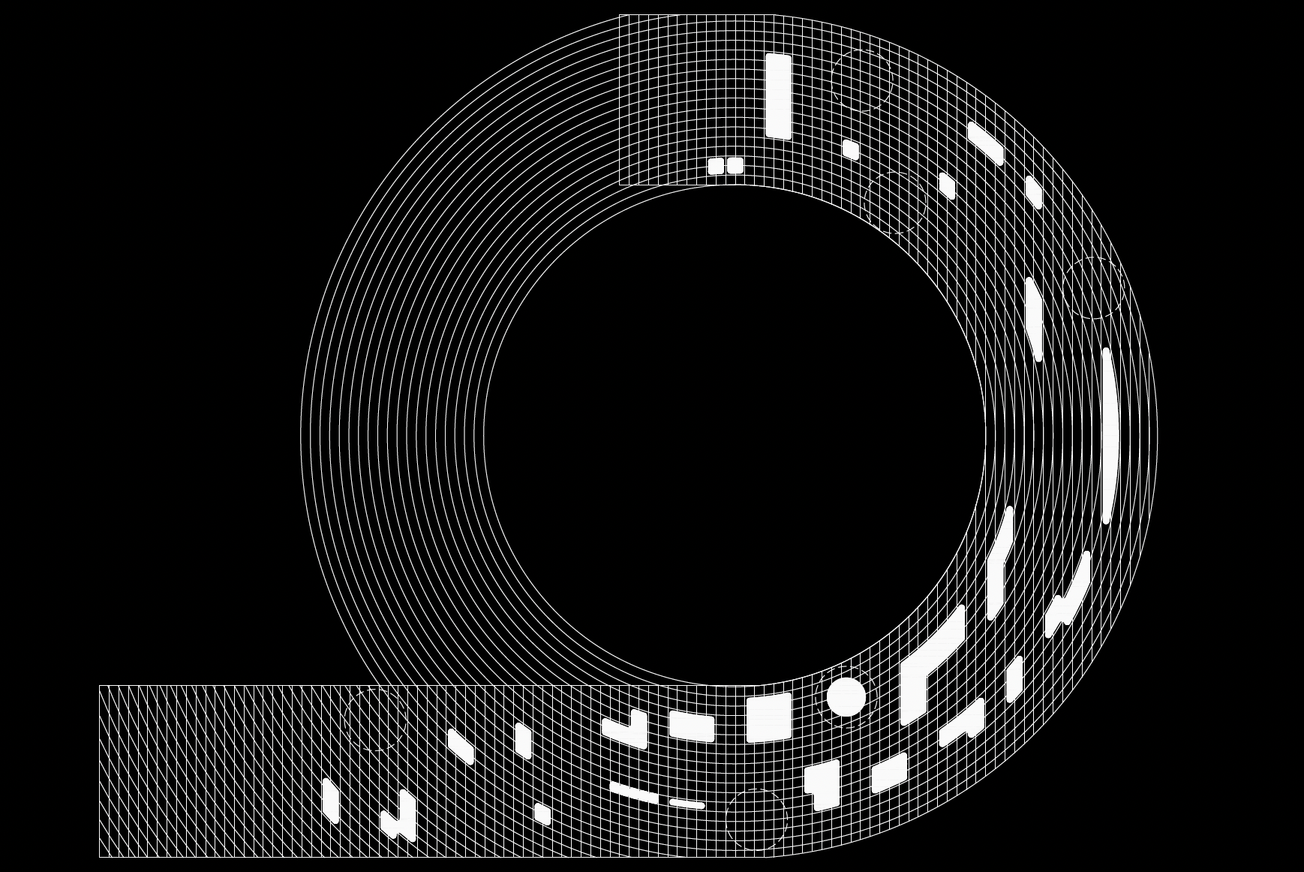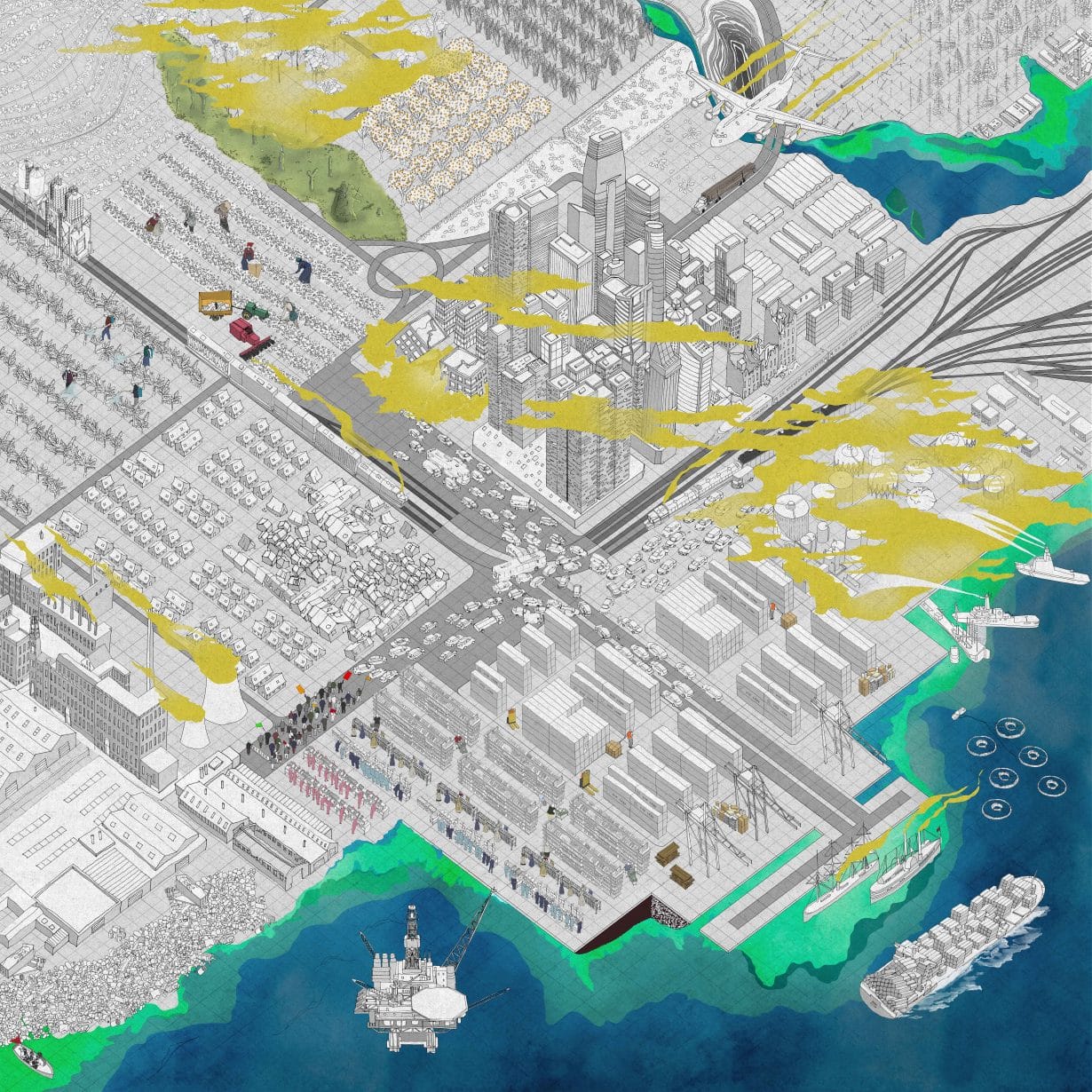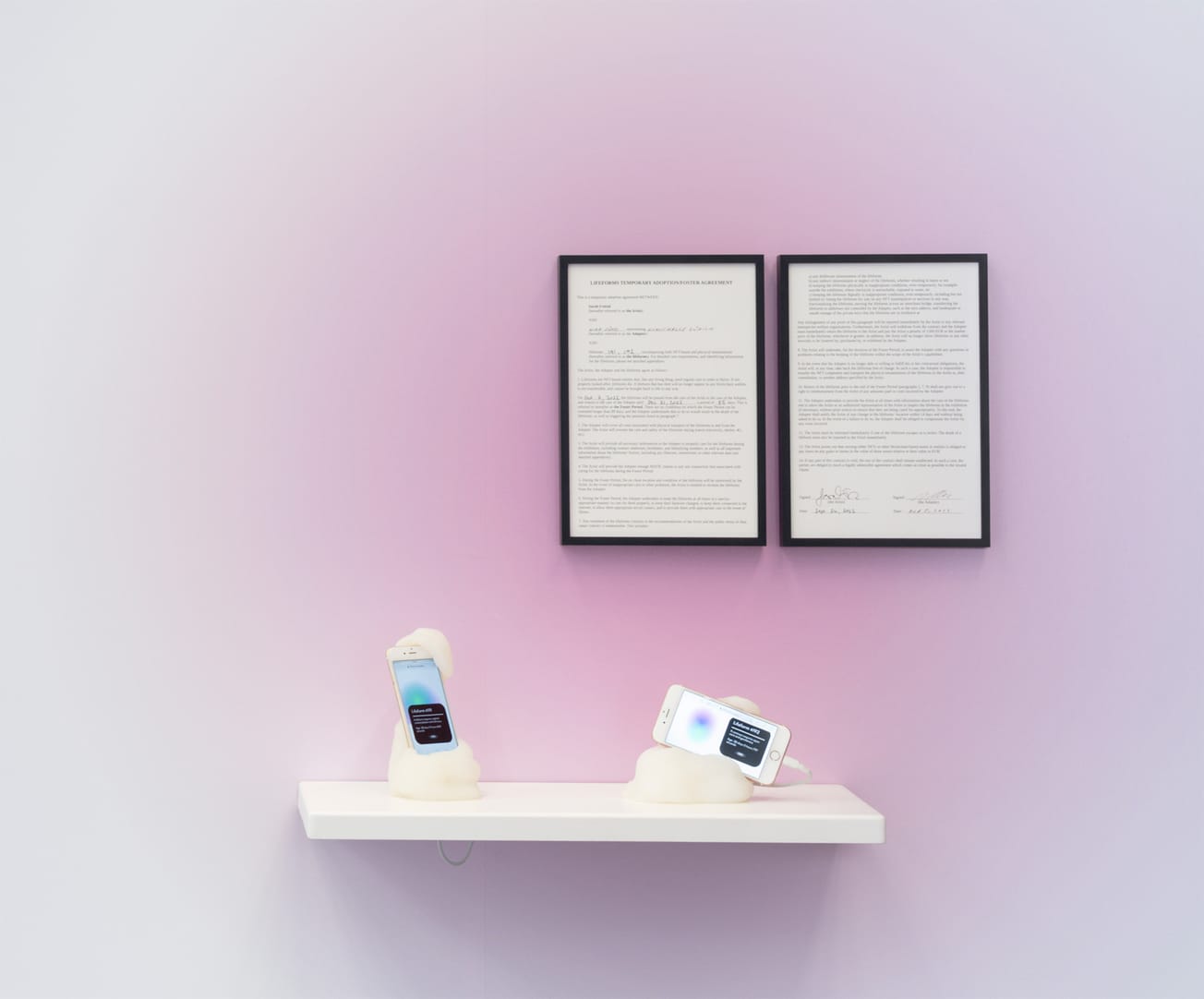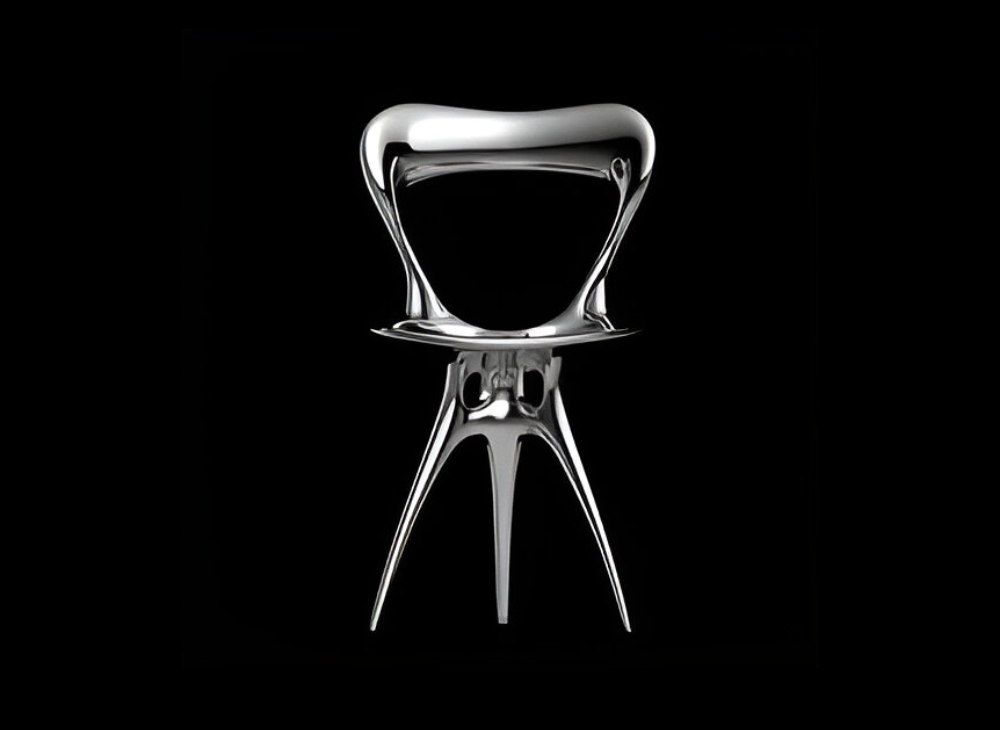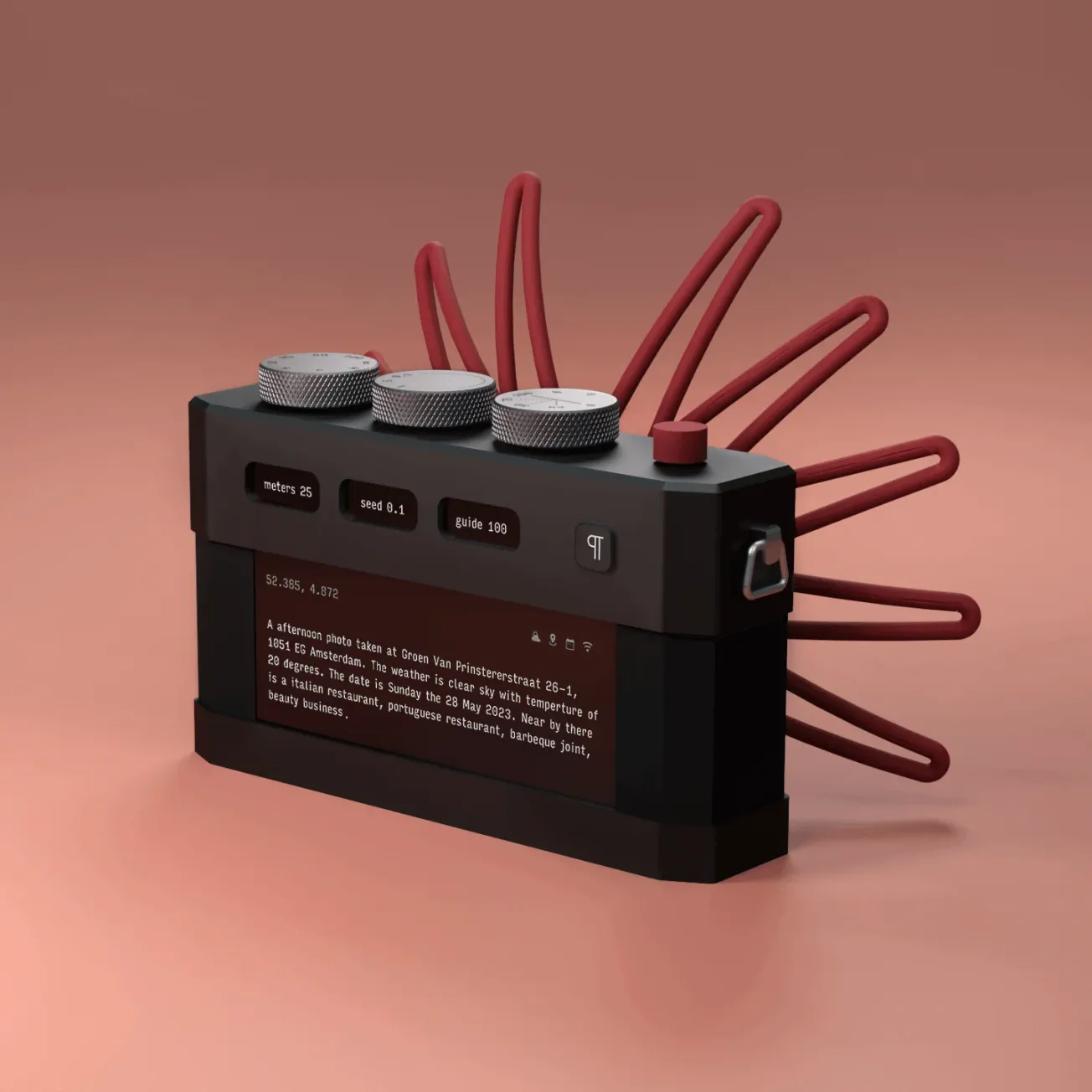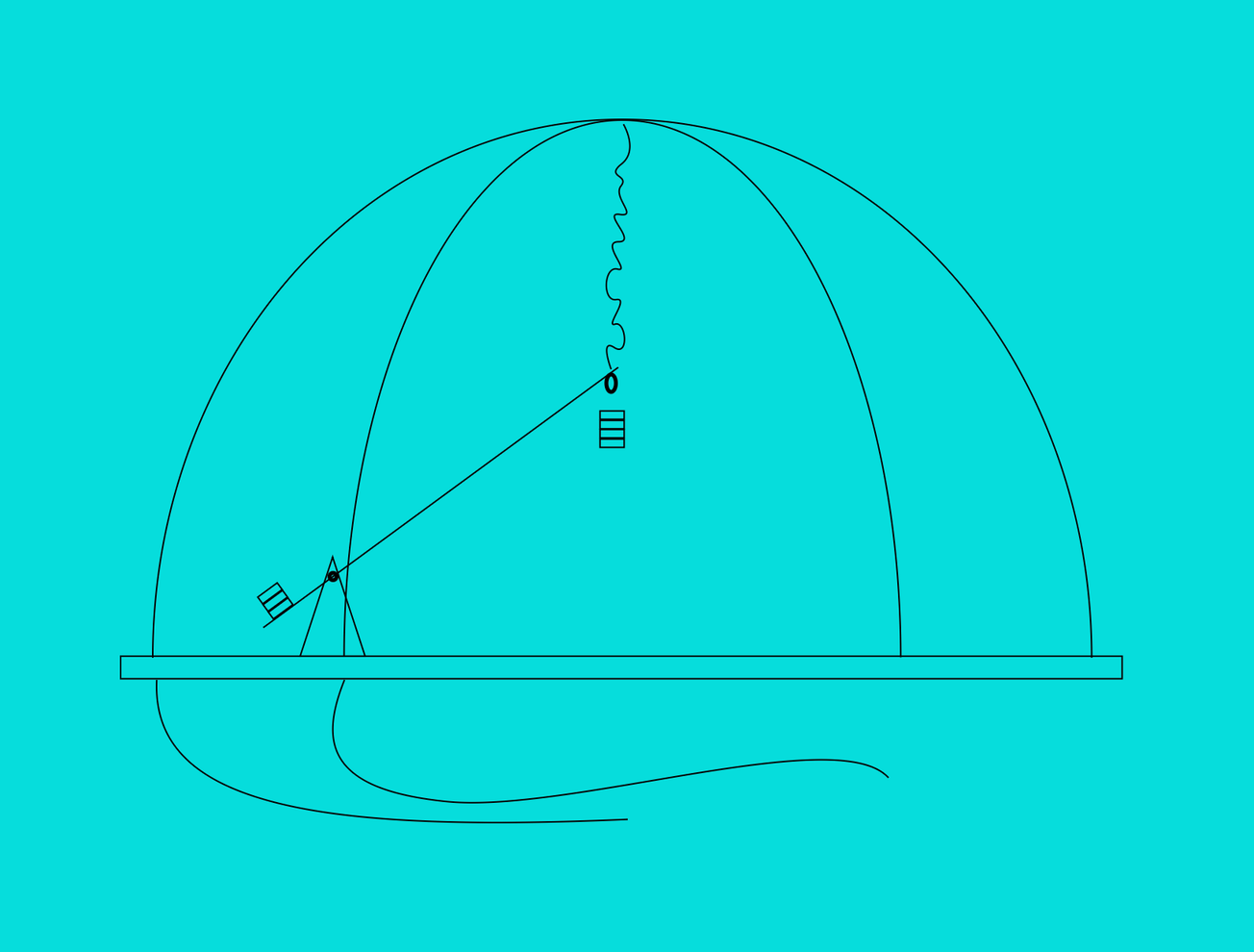Across the global creative sector, contraction is replacing growth. The Otis College Report on the Creative Economy (2025) recorded a 0.9 percent drop in California’s creative jobs—around 6,700 positions lost—while U.S. national figures show a decline of 35,000 jobs. The downturn is not limited to any single discipline. From media production to design and visual arts, freelancers and small studios face reduced workloads, delayed payments, and intensified competition from AI-assisted workflows.
A Creative UK survey found that 66 percent of creative freelancers have seen a drop in work since 2020, and more than one-fifth say generative AI has already reduced demand for their services. The World Economic Forum now lists graphic design among the professions most at risk of automation. This convergence of labor precarity, platform volatility, and technological acceleration exposes a deeper vulnerability: creative economies are still built on informal networks and unstable infrastructures.
Sustainability adds another layer of strain. Reports from the Creative PEC and the Centre for Sustainable Design note that most creative sectors still operate on linear “take–make–waste” models, with little systemic support for reuse, circular production, or low-carbon digital practices. Virtual production, data-intensive workflows, and material waste in set and exhibition design all contribute to an expanding ecological footprint that creative industries struggle to reconcile with their cultural ambitions.
Yet amid contraction, a recalibration is underway. “Creative value” is being redefined to include resilience, social impact, and ecological accountability alongside revenue and reach. The future of the creative economy may depend less on growth than on redesign—of systems, incentives, and infrastructures capable of sustaining creative work as a form of collective intelligence rather than extractive output.


